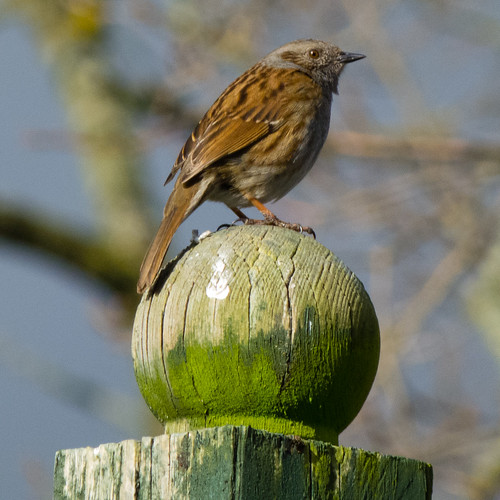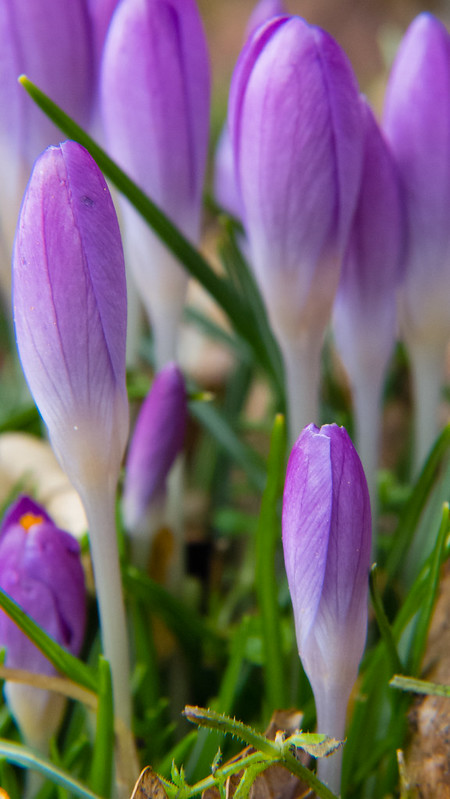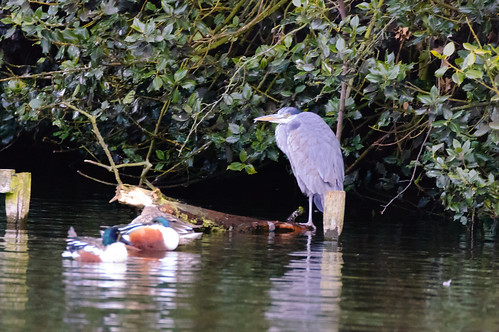A dunnock standing on what is obviously a regular lookout post surveying its territory within the Castle Grounds at Bridgnorth.
Categories
Purple crocusses, close-up
Categories
Carrion crow on castle ruins, Bridgnorth
Categories





